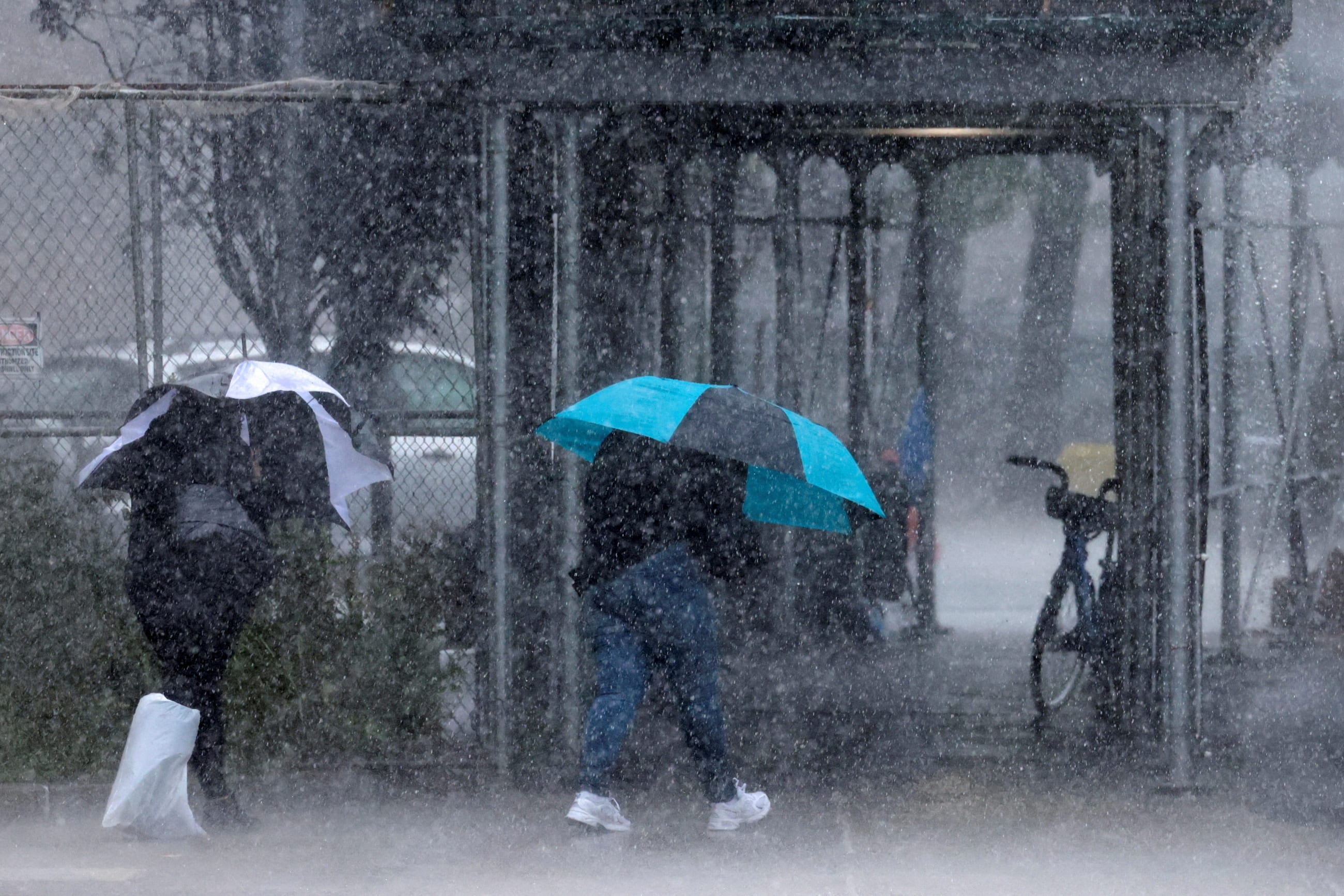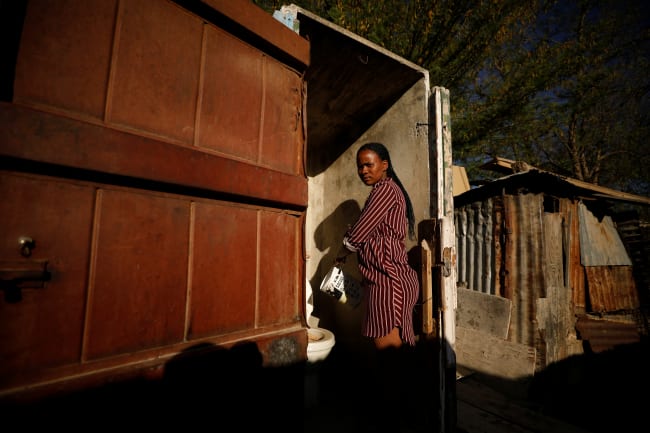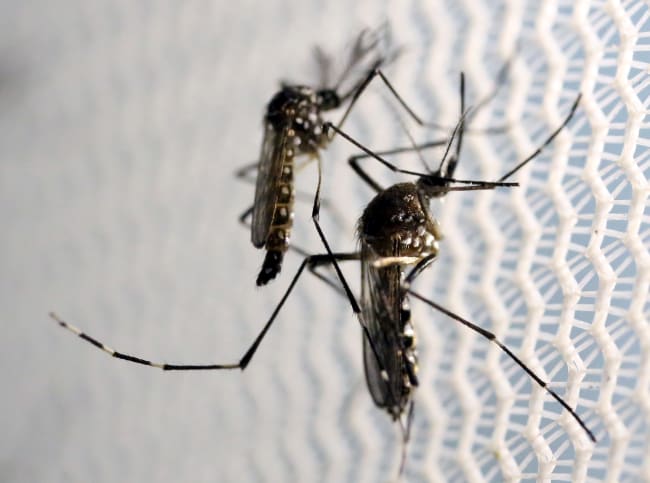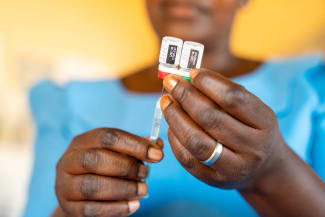Climate change presents dual threats of a growing public health emergency that is also destabilizing the global health workforce. Rising heatwaves, worsening air quality, and extreme weather events are reshaping patterns of disease and care delivery.
Yet many clinicians still feel unprepared to discuss climate risks with patients. A lack of formal training and tools often leaves providers silent despite their trusted roles with patients and their frontline vantage points.
To address this gap, New York City Health + Hospitals (H+H), the largest municipal health system in the United States, developed the Climate Health Champions toolkit, a scalable, evidence-informed resource that equips health-care workers with patient-centered communication strategies and resonant messaging. Launched in early 2025, the associated training uses practical case examples and relatable data displays to overview the impacts of climate on health and strategies to equip patients with condition-relevant information.
After completing the training, 98% of the nearly 400 participants surveyed reported comfort discussing climate and health with patients. This resource offers more than good pedagogy: It's a signal that clinicians can be part of the solution, not just passive observers of a worsening crisis.
After completing the training, 98% of the nearly 400 participants surveyed reported comfort discussing climate and health with patients
Training for workforce resilience is urgent as health-care workers witness the everyday consequences of climate change–heat-related illness, worsening asthma, and disruption of essential care during floods and droughts. In New York City, the number of West Nile virus–positive mosquitoes has steadily increased since surveillance began in 1999, an upward trend attributed to climate-driven shifts in temperature and precipitation that accelerate mosquito reproduction and viral transmission.
This environmental change has direct human health consequences: From 2021 to 2024, the city recorded more than 110 cases of West Nile neuroinvasive disease, which can be associated with devastating long-lasting complications such as hearing loss and persistent muscle weakness, particularly in individuals with chronic medical conditions such as diabetes and hypertension. Reported cases of West Nile fever have also risen from just three cases in 2021 to 10 cases in both 2022 and 2024 underscoring the growing health burden associated with climate-sensitive infectious diseases.
Embedding climate-health training into clinical education and continuing professional development offers a dual benefit. It empowers providers to translate climate science into meaningful conversations and restores a sense of purpose by aligning daily practice with a broader mission. In an employment sector where burnout and disconnection are rising, this alignment is necessary to prevent the erosion of health workforces across nations.
The World Health Organization projects a global shortfall of 10 million health-care workers by 2030, primarily in low- and middle-income countries. These deficits are already straining access to care, increasing costs, and eroding quality. Burnout, moral injury, and loss of trust in leadership are among the key drivers.
Financial incentives alone have proved insufficient to address this crisis. What's needed is a reimagining of what motivates and sustains health-care workers.

Here, climate action offers an unexpected but powerful lever. Planet-friendly care initiatives—reducing waste in the operating room, expanding telehealth, or choosing lower-emission pharmaceuticals—do more than cutting greenhouse gas emissions. They give clinicians the opportunity to lead change, practice with intention, and have a measurable impact beyond the bedside.
Demand for these approaches is growing, as clinicians across health systems express the desire to be part of climate solutions that matter. According to a 2023 survey from the Commonwealth Fund, 64% of U.S. health-care workers believe their employers should be doing more to address climate change. Moreover, more than 70% reported that the effects of climate change were already affecting the health of their patients. Climate-smart interventions offer a rare win-win: They improve public health preparedness while restoring workforce connection. These strategies also help health systems meet rising expectations from communities, patients, and regulators alike.
Meaningful integration of climate resilience into health-care practice requires more than a toolkit. It calls for leadership that connects environmental sustainability with core strategic goals—quality, safety, equity, and fiscal responsibility. At NYC Health + Hospitals, a pilot initiated in 2023 incorporating climate action into multidisciplinary quality improvement efforts targeting organizational clinical priorities was associated with a 21% increase in performance improvement project completion, a sign that when health-care workers see their efforts contributing to both patient care and environmental stewardship, their engagement deepens.
Health-care leaders face a choice: continue treating workforce burnout and climate risk as separate challenges, or see them as deeply intertwined. By embedding environmental sustainability into the fabric of health-care delivery—from training to quality improvement to operational design—we can protect our people and our planet.
Planet-friendly health-care is not only about what is conserved. It's about what is restored: trust, meaning, and the belief that healing extends beyond the bedside. In a strained and shifting system, that might be among the most powerful intervention of all.













